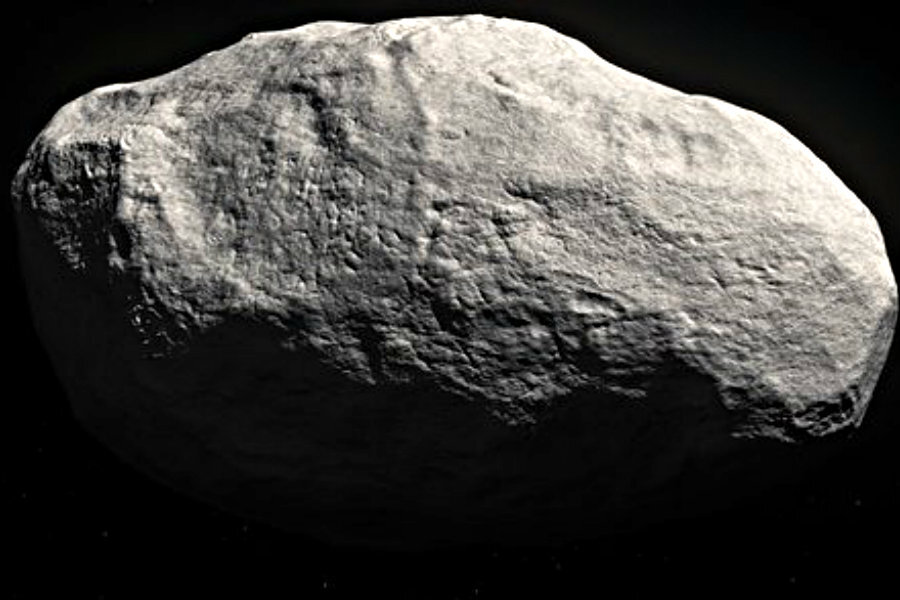This newly-found 'Manx comet' is missing its tail. Why?
Loading...
Is that an asteroid-like comet? A comet-like asteroid?
A space rock with a bit of a split personality, born near Earth, has found its way back home, according to a new study published on Friday in the journal Science Advances.
“If you’d shown me the spectrum, I would have just said this is another stupid asteroid,” said paper co-author Olivier Hainaut to Gizmodo. “If you showed me the orbit, I’d say yeah, it’s a standard long-period comet. But you don’t at all expect to find a rocky asteroid on an Oort cloud orbit. That’s wrong.”
The confusion comes from the juxtaposition of a rocky composition, typical of an asteroid that has never wandered further than Jupiter, with the flight plan of a comet from out beyond Neptune.
Unlike asteroids, comets aren't solid rocks – they're made almost entirely of ice, with just a smattering of dust and maybe a few pebbles.
This combination has never been seen before.
Scientists have settled for calling the tail-less comet a Manx comet, named after a breed of tail-less cats. It formed more than 4 billion years ago near Earth, Venus, and Mars, say the researchers, before an unlikely collision must have bounced it to the outer reaches of the solar system.
Now, the Manx comet is back. After billions of years in deep-freeze, the ancient hunk of rock has returned to the inner solar system for the first time, allowing astronomers to study its unique clues to the formation of Earth and its neighboring planets.
“This is super exciting, because it could be a piece of what formed the Earth,” said Dr. Hainaut.
Because of their icy composition, comets usually have smoky looking tails, as their icy surfaces vaporize when they get closer to the sun.
The Manx comet, however, had no such tail when astronomers first spotted it in 2014. Astronomers using the PANSTARSS-S1, a telescope based in Hawaii, named the tail-less comet C/2014 S3.
The comet's oddities don't end with its composition. Its spectrum – the unique pattern of light reflecting off the comet – shows that its rocks haven't been baked by the sun, like the asteroids hanging out in the belt between Mars and Jupiter have been.
Researchers concluded that it had spent time in the solar system’s “deep freezer,” the Oort Cloud, which contains trillions of comets and other icy astronomical bodies – and, apparently, some non-icy bodies.
“We already knew of many asteroids, but they have all been baked by billions of years near the Sun,” said the study’s lead author Karen Meech in a press release. “This one is the first uncooked asteroid we could observe: it has been preserved in the best freezer there is.”
Upon further observation, astronomers determined that the comet had “undergone very little processing,” meaning that this is the first time it has been bumped out of the Oort cloud since arriving there.
Its trajectory is similar to that of other objects from the Oort Cloud, with an orbital period of around 860 years, but it does not share much else with long-period comets.
Notably, a long-period comet at its distance from the sun should have about one million times more ice sublimating off, say the researchers.
The tail-less comet could hold the key to decoding the early history of the solar system, say the researchers. Astronomers have created many theoretical models of planetary formation, and the deep-frozen chemistry tucked inside this Manx comet gives them important data to test those models.
“We’ve found the first rocky comet, and we are looking for others,” said Hainaut. “Depending how many we find, we will know whether the giant planets danced across the Solar System when they were young, or if they grew up quietly without moving much.”








